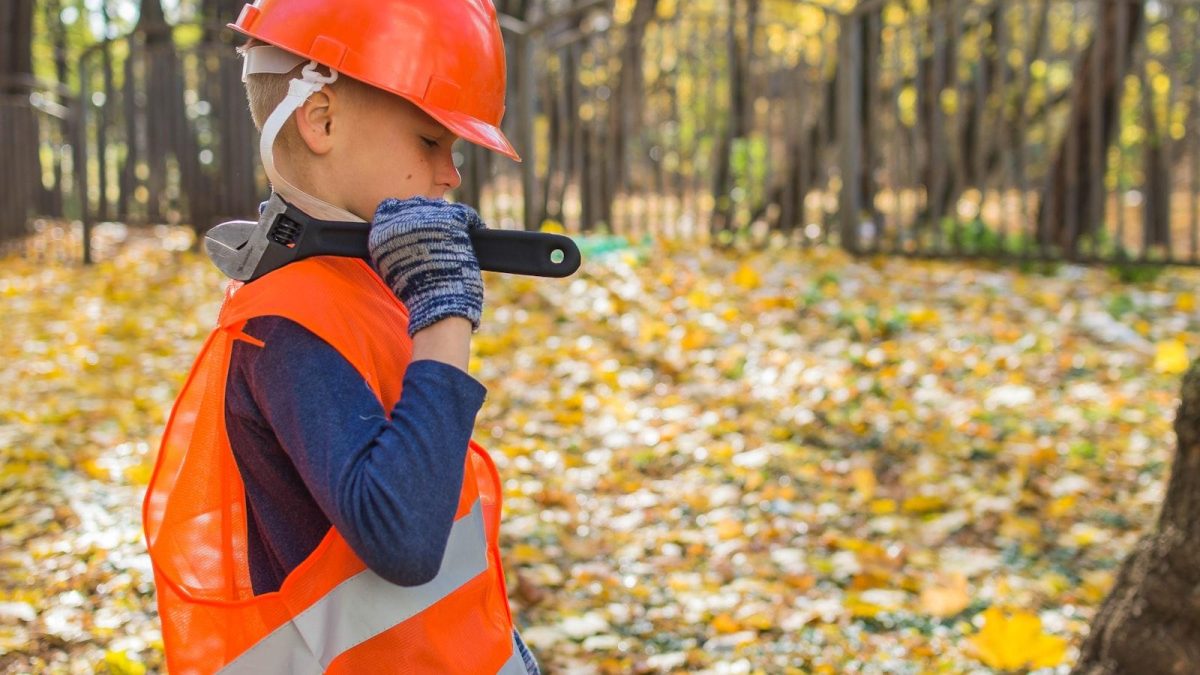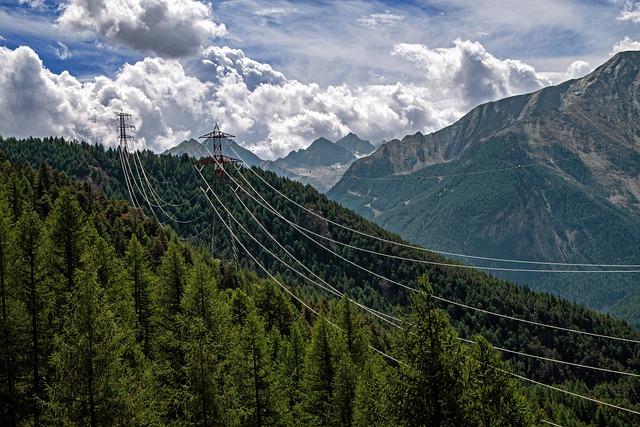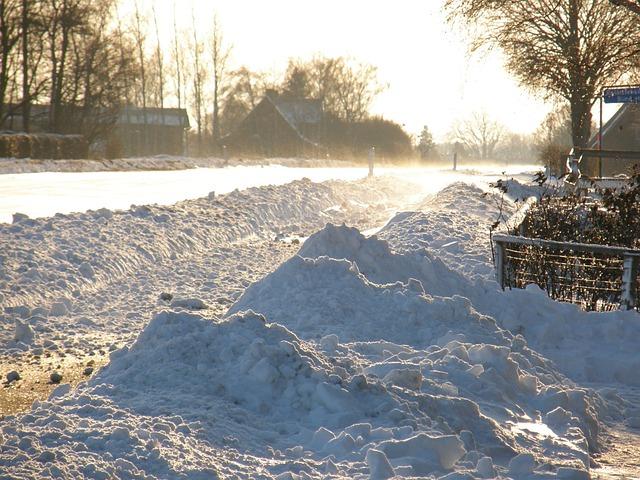Safety Protocols in Professional Tree Removal

When it comes to professional tree removal, safety protocols are of utmost importance to ensure the well-being of those involved in the process. Tree work is inherently hazardous, and employing proper safety measures is crucial to prevent accidents and injuries. In this article, we will explore the essential safety protocols that professionals must adhere to during tree removal operations, drawing insights from reputable sources like Pinellas Tree Services[1], TreeRemoval.com[2], and Black Forest Trees[3]. By understanding the importance of safety guidelines and the advantages of using specialized equipment such as cranes, we can enhance the efficiency and protect the safety of both workers and the surrounding environment during tree removal tasks.
Table of Contents
- Importance of Safety Protocols in Professional Tree Removal
- Key Components of Effective Safety Protocols
- Training and Certification Requirements for Tree Removal Professionals
- Personal Protective Equipment for Ensuring Worker Safety
- Risk Assessment and Mitigation Strategies in Tree Removal Operations
- Emergency Response Procedures for Accidents during Tree Removal
- Q&A
- Conclusion
Importance of Safety Protocols in Professional Tree Removal
Professional tree removal is a significant task that requires strict adherence to safety protocols to ensure the well-being of both personnel and property. Implementing safety measures is crucial in every step of the tree removal process to minimize risks and hazards.
One essential aspect of safety protocols in professional tree removal is eliminating potential hazards posed by diseased, dead, or structurally compromised trees. According to experts in the field, the removal of such trees not only enhances the safety of the surroundings but also prevents accidents and property damage.
Moreover, using proper equipment and techniques is paramount in ensuring a safe tree removal process. Qualified tree care companies offer services that prioritize safety, employing skilled professionals who are trained in handling various situations effectively and safely [1].
Key Components of Effective Safety Protocols
Ensuring safety protocols are in place is crucial when undertaking professional tree removal. To safeguard individuals and property, protective measures must be implemented throughout the tree removal process. One essential aspect is creating a designated safety zone to minimize the risk of damage during tree removal[1].
Professionals engaged in tree removal must prioritize personal safety by wearing appropriate protective gear. This includes goggles or safety glasses to shield the eyes from debris and tree limbs when operating a chainsaw. Additionally, helmets and gloves are essential safety items to protect against potential injuries during the removal process[2][3].
Training and Certification Requirements for Tree Removal Professionals
In the realm of professional tree removal, ensuring safety protocols are diligently followed is of paramount importance. Tree removal professionals must undergo comprehensive training and certification to guarantee the safe and efficient removal of trees without endangering themselves or the surrounding environment.
Training for tree removal professionals can be obtained through on-the-job training, landscape technician programs, or arboriculture certificate programs. As highlighted in the Tree Trimming Certification and Training Facts, these structured programs equip individuals with the necessary knowledge and skills to handle tree removal tasks effectively. Moreover, safety training programs such as those offered by Tree Care Safety Training focus on maximizing safety through proper techniques and protocols.
To ensure the highest standards in professional tree removal, obtaining certification such as becoming an ISA-Certified Arborist, as detailed in How to Become an ISA-Certified Arborist in Texas, can further validate the expertise and proficiency of tree removal professionals. By adhering to rigorous training and certification requirements, tree removal professionals uphold safety as a core principle in their practice.
Personal Protective Equipment for Ensuring Worker Safety
Implementing proper safety protocols during professional tree removal is crucial to safeguard the well-being of workers. Personal Protective Equipment (PPE) plays a vital role in ensuring worker safety while carrying out tree care operations. PPE includes specialized gear like insulating rubber gloves with leather protectors, designed to protect against potential hazards such as falls from elevation or struck-by incidents [2].
When engaging in tree removal tasks, it is essential to visually inspect the PPE for defects and damage before each use to guarantee its effectiveness in providing protection. Additionally, it is recommended to shop for arborist PPE from reputable retailers with a history of providing quality safety equipment tailored to the specific needs of tree care professionals [3]. By prioritizing the use of appropriate PPE and conducting regular equipment checks, workers can minimize the risks associated with tree work and ensure a safer work environment.
In conclusion, adherence to safety protocols and the proper utilization of PPE are fundamental aspects of promoting worker safety in professional tree removal operations. By investing in reliable protective equipment and conducting thorough inspections, employers can create a culture of safety that prioritizes the well-being of workers involved in tree care and removal activities. Remember, safety should always come first in any tree work scenario to prevent accidents and protect the health of all individuals involved.
Risk Assessment and Mitigation Strategies in Tree Removal Operations
In professional tree removal operations, ensuring safety protocols are diligently followed is paramount to protect both workers and property. Conducting risk assessments before initiating any tree removal work is a critical step in identifying potential hazards. This comprehensive evaluation, as suggested by [1], helps in pinpointing risks such as dead branches, structural weaknesses, and unstable root systems.
Once potential hazards are identified, mitigation strategies must be implemented to minimize risks throughout the removal process. This may involve meticulously addressing issues like pruning, trimming, repairing, or removing trees, as highlighted in the [3] guidelines. By prioritizing safety, tree care professionals can ensure a smooth and secure tree removal operation.
Remember, safety should always come first when it comes to tree removal. By following strict safety protocols, conducting thorough risk assessments, and employing effective mitigation strategies, professionals in the tree care industry can promote a safe working environment while delivering top-notch services.
Emergency Response Procedures for Accidents during Tree Removal
When engaging in professional tree removal tasks, it is crucial to adhere to strict safety protocols to prevent accidents and ensure the well-being of both workers and surrounding individuals. Proper emergency response procedures play a vital role in managing unforeseen incidents effectively. To enhance safety during tree removal activities, consider the following protocols:
- Qualified Personnel: Ensure that all individuals involved in tree removal operations are adequately trained and qualified to handle the tasks safely and efficiently.
- Emergency Preparedness: Prioritize the readiness of emergency tree services equipped with the necessary tools and resources to respond promptly to any accidents or incidents that may occur during the removal process.
- Documentation: Maintain detailed records of safety protocols, hazard assessments, and emergency contact information to facilitate quick and organized responses in case of emergencies.
By strictly following these safety protocols and emphasizing the importance of emergency preparedness, professional tree removal teams can mitigate risks and ensure a smooth and secure operation.
Q&A
Q: Why is it important to follow safety protocols in professional tree removal?
A: Following safety protocols in professional tree removal is crucial to prevent accidents and ensure the safety of workers and bystanders. Trees can pose significant risks during removal due to their size, weight, and potential hazards like power lines or unstable branches. By adhering to safety guidelines, workers can minimize the likelihood of injuries and property damage, creating a safer environment for all involved. (Source: [2])
Q: What are some key safety tips to consider during tree trimming and removal?
A: When performing tree trimming and removal, it is essential to prioritize safety at all times. One key tip is to always assume that power lines are energized and conduct a hazard assessment before starting any work. Additionally, wearing appropriate protective gear like heavy-duty work gloves can help prevent injuries during tree scaling and removal. Being mindful of potential hazards, such as poisonous trees, is also crucial in ensuring a safe working environment. (Source: [1], [3])
Conclusion
In conclusion, ensuring safety protocols in professional tree removal is paramount to protect both property and individuals involved in the process. By following industry best practices, property managers can minimize damage and risks associated with tree removal[[[1]]. Additionally, understanding local codes and regulations, such as those outlined in the Seattle Municipal Code, can help maintain compliance while performing tree removal services[[[2]]. Remember, safety should always be the top priority during tree removal, and implementing vital safety measures, like clear communication and proper equipment use, as emphasized by professionals, can help ensure a safe and efficient tree removal process[[[3]].
Simpsons Tree Services, Servicing Melbourne’s North Eastern Suburbs
Book a quote online at www.simpsonstrees.com.au


